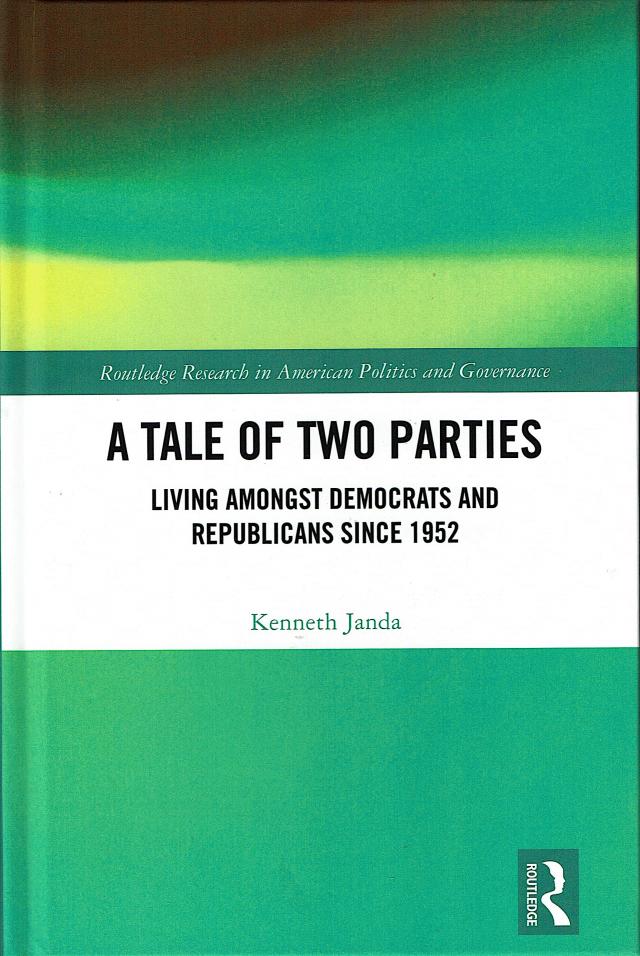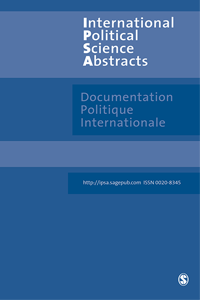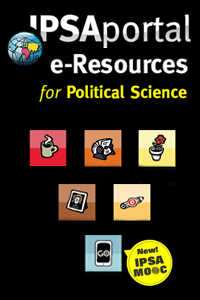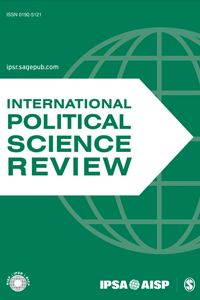A Tale of Two Parties: Living Among Democrats and Republicans Since 1952
By : Kenneth Janda
Release date: Mar 2021
Routledge
Number of pages: 176
ISBN: 9780367322229


Through scores of graphs, the book demonstrates how much American party politics have changed from 1952 to 2020, during my lifetime. I document shifts in the party bases of Dwight Eisenhower, the Republican candidate in 1952, and Donald Trump, the Republican candidate in 2020. Using social identity theory, I compare political party identifiers with sports fans, drawing extensively on sports research and on ANES voter surveys over the past seventeen presidential elections. I relate the concept of party identification to the concept of social identity and portray how voters identified with the Democratic and Republican parties from 1952 to 2020, how loyal they were to their parties in presidential voting, and whether they perceived any differences between the parties.
I discuss the limited role played in presidential elections by the two parties’ national committees and distinguish between (a) a social group’s party preferences and (b) that group’s share of party identifiers. Social groups are like the party’s “customers,” and parties appeal differently to its customer groups. Party identifiers are like the party’s “owners”; they constitute its base. Using (a) the percentage of a group that identifies with a party and (b) the proportion of its identifiers who come from that group, this chapter creates two new measures—Equal Group Appeal and Party Base Concentration. Subsequent chapters review various sources of social support.
REGION: Regional differences that were once great enough to cause civil war remain, but in reverse.
ECONOMIC STATUS: Republicans appeal more to and consist more of higher income groups than Democrats, and that the tendency has increased slightly since 1952.
URBANIZATION: In 1952, party affiliation varied little according to level of urbanization. By 2020, more Americans lived in suburbs than in small towns and rural areas. Republicans lost support in the most urban areas, while Democrats lost in the least urban.
EDUCATION: Since 1952, voters’ level of education has changed more than any of the six social cleavages considered in this book. College educated voters once favored Republicans; now they favor Democrats.
RELIGION: In 1952, only 3 percent of ANES respondents failed to claim that they were Protestant, Catholic, or Jewish. In 2020, over one-quarter of respondents declined to identify with any of those religions. Christians came to heavily favor Republicans.
ETHNICITY: In 1952, 16 percent of the few Black respondents said they were Republican; in 2020 only 7 percent of many more Black respondents claimed that.
IDEOLOGY: American political parties—especially in contemporary politics—respond to their ideological bases as much as to their social bases. I argue that voters adopt ideologies to conform to their social and political identities as much as they adopt parties to match their ideologies.
Multiple “box and stem” statistical displays summarize the analyses. While the social bases of both parties have changed since 1952—sometimes flipping positions on social characteristics—the Democrats continue to be more diverse and Republicans more homogeneous.
At one time parties were defined by their policies, now they are distinguished by their composition. Some analysts have even compared political parties to tribes. A chapter evaluates American political parties against the model of “responsible party government.” A final chapter addresses Donald Trump’s “last hurrah” in 2020.
Biography
Kenneth Janda is Payson S. Wild Professor Emeritus of Political Science at Northwestern University. He is co-founder of the international journal Party Politics; co-author of The Challenge of Democracy: American Government in Global Politics, 15th Ed. (2021); author of Party Systems and Country Governance (2011); and The Emperor and the Peasant (2018). He received the Samuel J. Eldersveld Lifetime Achievement Award from the American Political Science Association’s Political Parties and Organizations Section in 2000, and the APSA’s Frank J. Goodnow Award for service to the discipline and profession in 2009.











